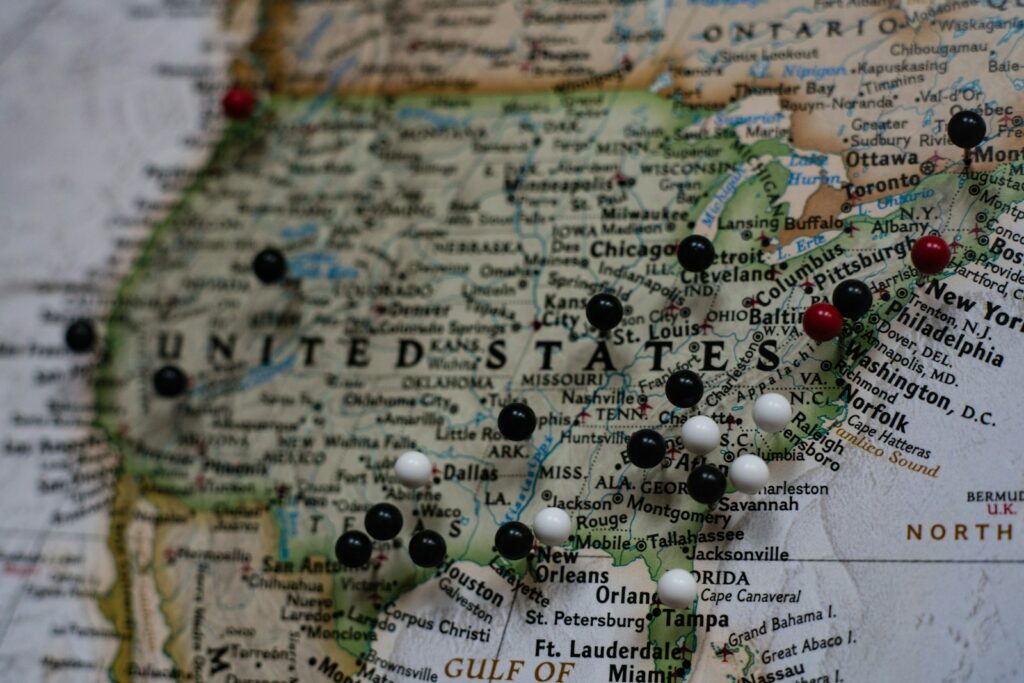Retirement opens the door to adventures that have been long postponed during busy working years. Whether it’s exploring a foreign country, visiting family across the state, or taking a simple weekend getaway, travel after 50 can be one of life’s greatest joys.
The good news is that meaningful travel experiences are possible on nearly any budget. With thoughtful planning, retirees can optimize their resources and create lasting memories.
Defining Your Travel Priorities
Traveling in retirement doesn’t need to be extravagant to be fulfilling. The first step is to clarify what kind of experiences matter most to you. Some may dream of international trips filled with cultural exploration, while others find equal joy in road trips or local adventures closer to home.
By identifying your top priorities—whether it’s history, relaxation, family, or adventure—you can focus your budget where it matters most. This clarity helps avoid overspending on things that don’t align with your values and ensures your resources are directed toward experiences you truly cherish.
To align travel with your lifestyle, see Creating a Financial Plan That Supports Your Bucket List.
Traveling Well on a Modest Budget
For those watching costs, there are countless ways to stretch your travel dollars without sacrificing enjoyment. Off-season travel is one of the most effective strategies, offering lower airfare and accommodations while avoiding tourist crowds.
Consider alternatives like vacation rentals, home swaps, or even RV trips, which can provide comfort at a fraction of the cost. Many retirees also take advantage of senior discounts on transportation, attractions, and lodging. With flexibility and creativity, modest budgets can deliver surprisingly rich travel experiences.
To keep your financial health strong, see The Health-Wealth Connection After 50.
Splurging Wisely When Funds Allow
If you have more financial freedom, travel can become an opportunity to check bucket-list destinations off your list. Still, even larger budgets benefit from thoughtful planning. Splurge on the experiences that mean the most—like a river cruise, a guided cultural tour, or a once-in-a-lifetime safari—while saving on less important aspects such as transportation or everyday meals.
Mixing luxury with frugality ensures your resources last longer and allows you to maximize enjoyment without unnecessary waste.
Staying Healthy and Prepared on the Road
Travel after 50 also means considering health and comfort. Build in time for rest, choose accommodations that suit your mobility and comfort needs, and keep medications and medical documents handy. Travel insurance is a must, another wise investment, particularly for international trips, offering peace of mind against cancellations or medical emergencies.
Planning with your health in mind ensures that your adventures remain enjoyable, safe, and stress-free.
Tips for Making Retirement Travel Memorable
Here are some practical ways to ensure every trip is meaningful:
- Blend leisure with purpose: Volunteer travel or family visits can add depth to your adventures.
- Stay flexible: Last-minute deals can make even high-cost destinations affordable.
- Keep it simple: Sometimes the best trips are short and local, requiring little planning or expense.
- Capture the memories: Journals, photos, and shared stories can make each journey part of your legacy.
With the proper perspective, travel becomes less about luxury and more about the joy of discovery and connection.
For long-term balance, see How to Plan for Unexpected Life Transitions After 50.
The Journey Ahead
Travel after 50 is about freedom—freedom to explore, connect, and enjoy life’s rewards. Whether your budget is modest or generous, the key is aligning your choices with your priorities. By planning wisely and embracing flexibility, you can ensure that your retirement years are filled with adventures that enrich both your life and the lives of those you share them with.
Retirement isn’t the end of the journey; it’s the beginning of a new one.




